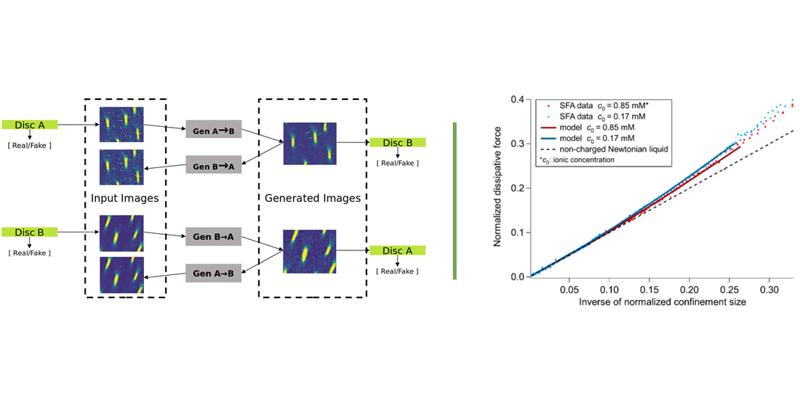- Share
- Share on Facebook
- Share on X
- Share on LinkedIn
Séminaire
On February 9, 2024

Lauren ANDERSON (LIPhy) & Caroline CRAMAIL (LIPhy)
Lauren ANDERSON (LIPhy)

Cross-Modality Super-Resolution of Cellular Networks in Mineralized Tissues Using Deep Learning to Achieve Full Organ Imaging
Dentin forms the bulk tissue of the tooth, formed by odontoblast cells. During polarization, odontoblasts elongate leaving a process which extends through the dentin within narrow cavities called dentinal tubules. Smaller branches connect to other processes creating a vast network. Due to small size and large quantity of branches and tubules, their 3D organization and connections is still not fully understood. This is mainly due to current imaging limitations limiting the field of view (FOV) when achieving the highest possible optical resolutions (~200 nm). The goal of this thesis is to use image-to-image translation methods to improve the resolution of imaged dentinal tubule networks. Imaging at a lower resolution enables faster scanning time, therefore more images and a larger FOV can be acquired. A CycleGAN model is used perform image-to-image translation of unpaired high- and low- resolution dentin images acquired by confocal fluorescence microscopy. Trained models can be applied to large field of view low-resolution imaging, with the end goal of full-organ imaging.
Caroline CRAMAIL (LIPhy)

Direct Experimental Evidence of Classical Theory for the Transport of Confined Ionic Solutions
The flow of confined ionic solutions (more generally electrolytes) is widespread in industry. For example, seawater must pass through sub-nanometric pore membranes during desalination, and electrolytes are transported through nanoporous electrodes in batteries or supercapacitors.
The interface between a dielectric solid and an ionic solution at equilibrium was described in the 1910s by Gouy and Chapman. Their theory, known as the electric double layer theory, was verified by direct experimental measurement by Horn et al. in the 1980s. Until now, the out-of-equilibrium case has primarily been described by applying classical transport laws (solvent transport: Stokes, ion transport: Nernst-Planck) to the electric double layer – as first done by Smoluchowski to account for electroosmosis. However, this description has never been compared with direct experimental measurements.
In our team at LIPhy, we aim to fill this gap by using a unique Surface Force Apparatus (SFA), which simultaneously measures equilibrium and transport properties of the confined system. We have recently proved the validity of our general model, based on classical theory and utilizing equilibrium properties, to describe the transport of confined ionic solutions. This transport is induced by the relative approach or retraction of the two confining surfaces in a sphere-plane geometry.
Date
17:00
Localisation
LIPhy, salle de conférence
- Share
- Share on Facebook
- Share on X
- Share on LinkedIn